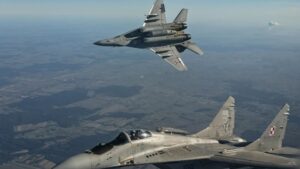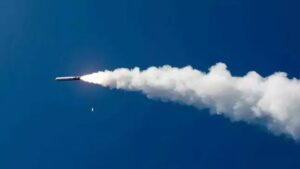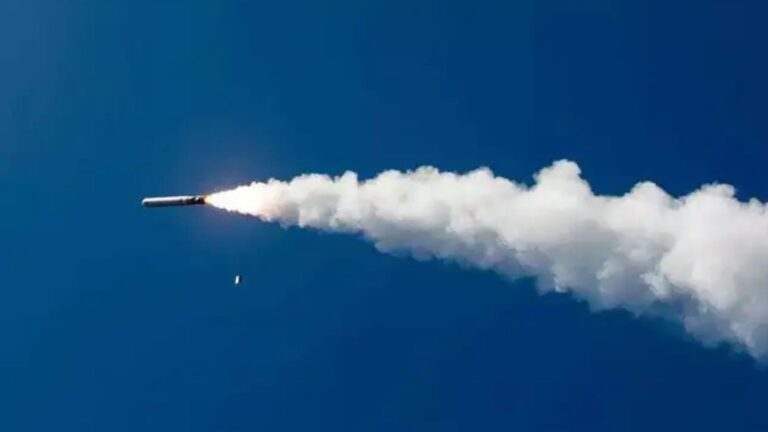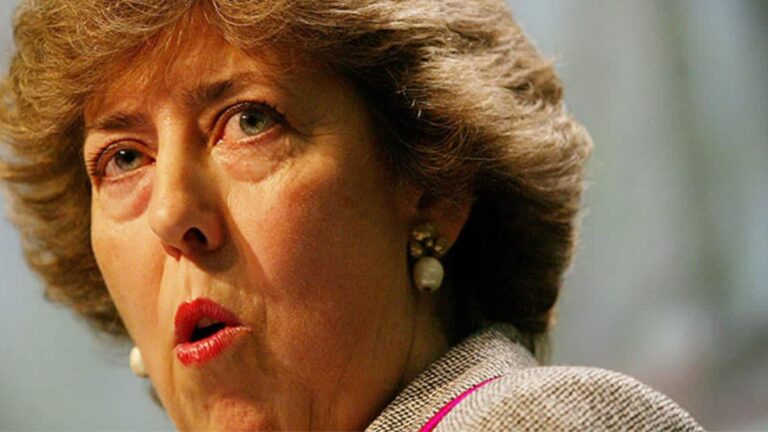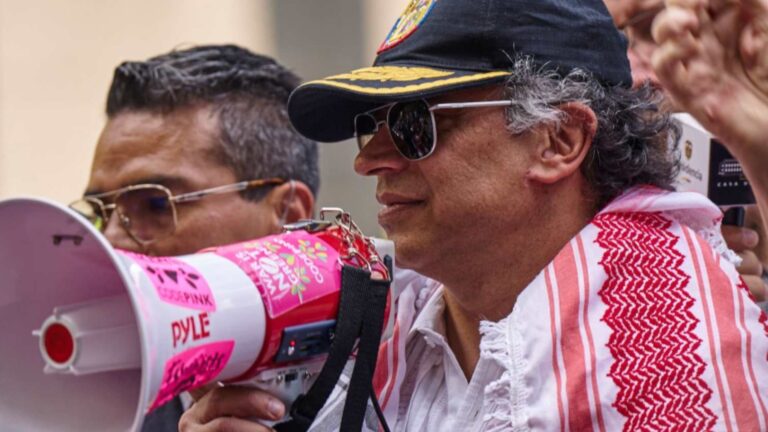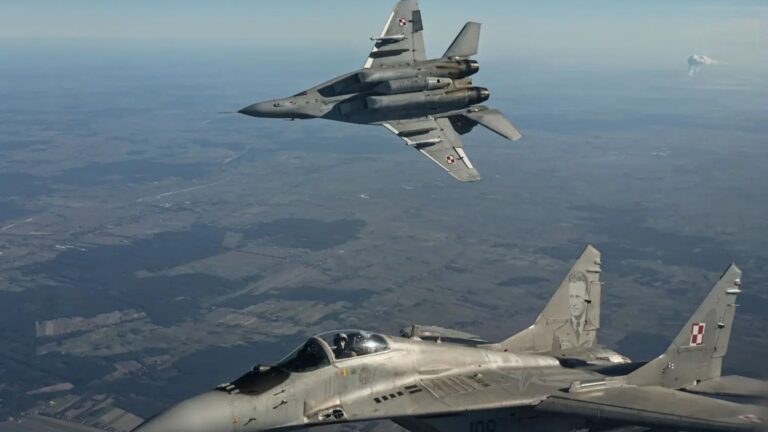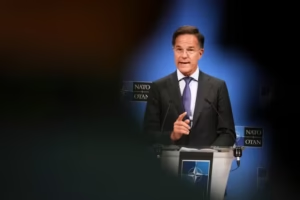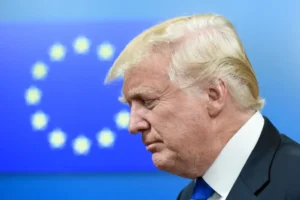
Prime Minister Narendra Modi’s unprecedented display of unity with Chinese President Xi Jinping and Russian President Vladimir Putin at the Shanghai Cooperation Organisation Summit in Tianjin sparked sharp reactions from President Donald Trump and raised alarm bells across Western capitals about the emergence of a new anti-American axis.
Trump fired back on his Truth Social platform Friday, expressing frustration over what he perceived as a diplomatic defeat. “Looks like we’ve lost India and Russia to deepest, darkest, China. May they have a long and prosperous future together!” he wrote, accompanying his post with a photograph of the three leaders standing together at the summit.
The provocative imagery from the September 1 summit—showing Modi and Putin holding hands as they approached Xi before the trio engaged in animated conversation filled with smiles and laughter—has been widely interpreted as a deliberate message to Washington that these nations have alternatives to U.S. leadership. Modi even shared Putin’s armored Aurus limousine for nearly an hour of private discussions, a gesture Russian security experts described as demonstrating “special trust”.
Diplomatic Realignment and Trade Tensions
The diplomatic realignment comes amid a severe deterioration in U.S.-India relations following Trump’s imposition of punitive tariffs reaching 50% on Indian imports—initially 25% in early August, followed by an additional 25% penalty for India’s continued purchases of Russian oil. These measures, among the highest imposed on any trading partner, prompted India to denounce them as “unfair, unjustified and unreasonable”.
According to a Reuters report, when asked about Trump’s social media post, India’s foreign ministry spokesperson declined to comment during a press briefing in New Delhi. However, the ministry later emphasized that the U.S.-India relationship remains “very important” and is anchored in “shared interests, democratic values, and robust people-to-people ties”.
Shifting Regional Order and Western Concerns
European leaders and NATO allies are closely monitoring what analysts describe as the potential revival of the Russia-India-China (RIC) troika—a strategic alignment concept developed in the 1990s to promote a multipolar world against Western hegemony. The BBC analyzed the “warmth and hand-holding” at the summit as evidence of a united front being presented against Western influence.
Putin used the platform to advance his narrative on Ukraine, stating that NATO’s eastward enlargement must be addressed for sustainable peace. Meanwhile, Xi criticized “bullying practices” and cast China as an alternative global leader.
The joint declaration issued by member states explicitly opposed “unilateral coercive measures, including economic measures”—a clear reference to U.S. sanctions and tariffs.
Ashley Tellis, a former U.S. official now with the Carnegie Endowment for International Peace, warned of a “prolonged downward trajectory” in U.S.-India relations, noting that “neither leader is willing to engage in the personal outreach essential for mending the relationship”.
Symbolism and Broader Implications
The summit’s timing, occurring just before China’s military parade commemorating the 80th anniversary of Japan’s World War II surrender, provided additional symbolic weight to the gathering. The parade will feature Putin and North Korean leader Kim Jong Un alongside Xi, further cementing what Trump described as a coalition of his adversaries.
This summit underscores how shifting global alliances are reshaping the international order and prompting Western capitals to reconsider their diplomatic strategies in response to new coalitions forming outside their sphere of influence.
